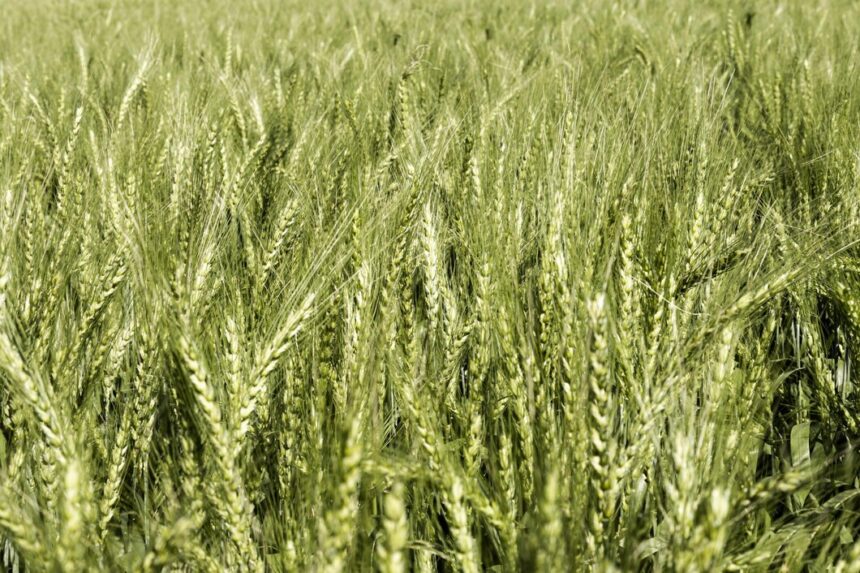Barley, a versatile and resilient cereal grain, is a staple crop in many agricultural regions around the world. However, like all crops, barley is susceptible to environmental stresses, particularly water stress, which can significantly impact yield and quality. Recognizing the early signs of water stress in barley is crucial for farmers to implement timely interventions and mitigate potential losses. Here are ten early signs to watch for in your barley crop:
- Wilting Leaves: One of the most visible signs of water stress in barley is wilting leaves. As water becomes scarce, barley plants may struggle to maintain turgidity, causing their leaves to droop or wilt, particularly during the hottest part of the day.
- Leaf Rolling: In response to water stress, barley plants may exhibit leaf rolling, where the edges of the leaves curl inward to reduce the surface area exposed to sunlight and minimize water loss through transpiration.
- Stunted Growth: Water-stressed barley plants may exhibit stunted growth, with shorter stems and fewer tillers compared to well-watered plants. This is because water stress can inhibit cell elongation and reduce overall plant development.
- Delayed Flowering: Water stress can delay the flowering of barley plants, as they prioritize survival over reproduction in response to unfavorable growing conditions. Delayed flowering can result in poor grain fill and reduced yield at harvest.
- Premature Senescence: Water-stressed barley plants may undergo premature senescence, where older leaves turn yellow and die off prematurely. This is a survival mechanism to conserve water and nutrients for essential physiological processes.
- Leaf Discoloration: Water stress can cause leaf discoloration in barley, manifesting as yellowing or browning of the leaves, particularly at the tips and edges. This is due to the accumulation of toxins and metabolic by-products in the leaf tissues.
- Reduced Photosynthesis: Water stress can impair photosynthetic activity in barley plants, leading to reduced carbon assimilation and energy production. This can result in decreased carbohydrate reserves and compromised plant vigor.
- Increased Susceptibility to Pests and Diseases: Water-stressed barley plants are more susceptible to pest infestations and disease outbreaks. Weakened by water stress, plants may struggle to defend themselves against insect pests and pathogens, leading to yield losses.
- Irregular Canopy Closure: Inadequate water supply can result in irregular canopy closure in barley fields, where gaps or patches of bare soil are visible between plants. This can increase water loss through evaporation and further exacerbate water stress.
- Poor Grain Fill: Perhaps the most critical sign of water stress in barley is poor grain fill, where kernels fail to develop fully and attain their maximum size and weight. This can result in reduced grain quality and yield at harvest, impacting farm profitability.
In conclusion, early detection of water stress in barley is essential for farmers to implement effective management strategies and mitigate potential crop losses. By monitoring their barley crops closely and recognizing the early signs of water stress, farmers can make informed decisions regarding irrigation, fertilization, and pest control to ensure optimal crop health and productivity. Additionally, investing in drought-tolerant barley varieties and implementing water-saving practices can help build resilience to water stress and safeguard barley production in the face of changing climatic conditions.
Join 'Farmers Mag' WhatsApp Channel
Get the latest Farming news and tips delivered straight to your WhatsApp
CLICK HERE TO JOIN






